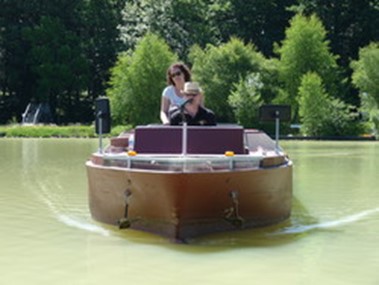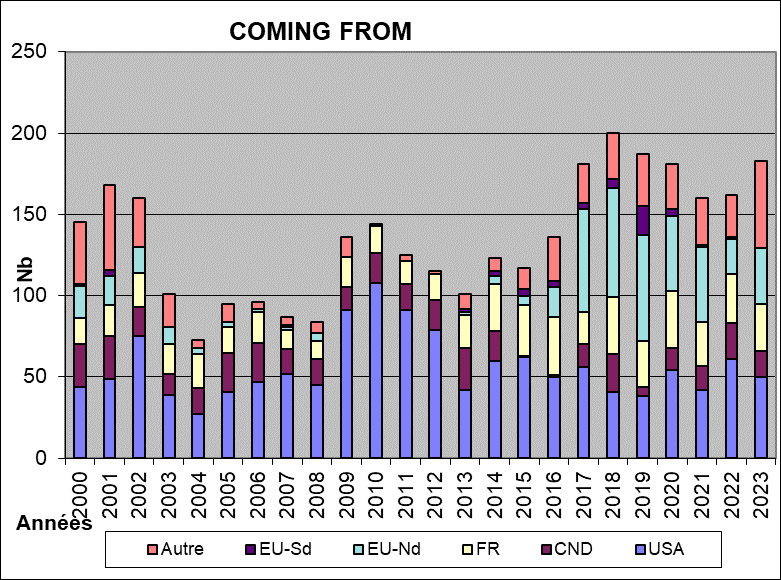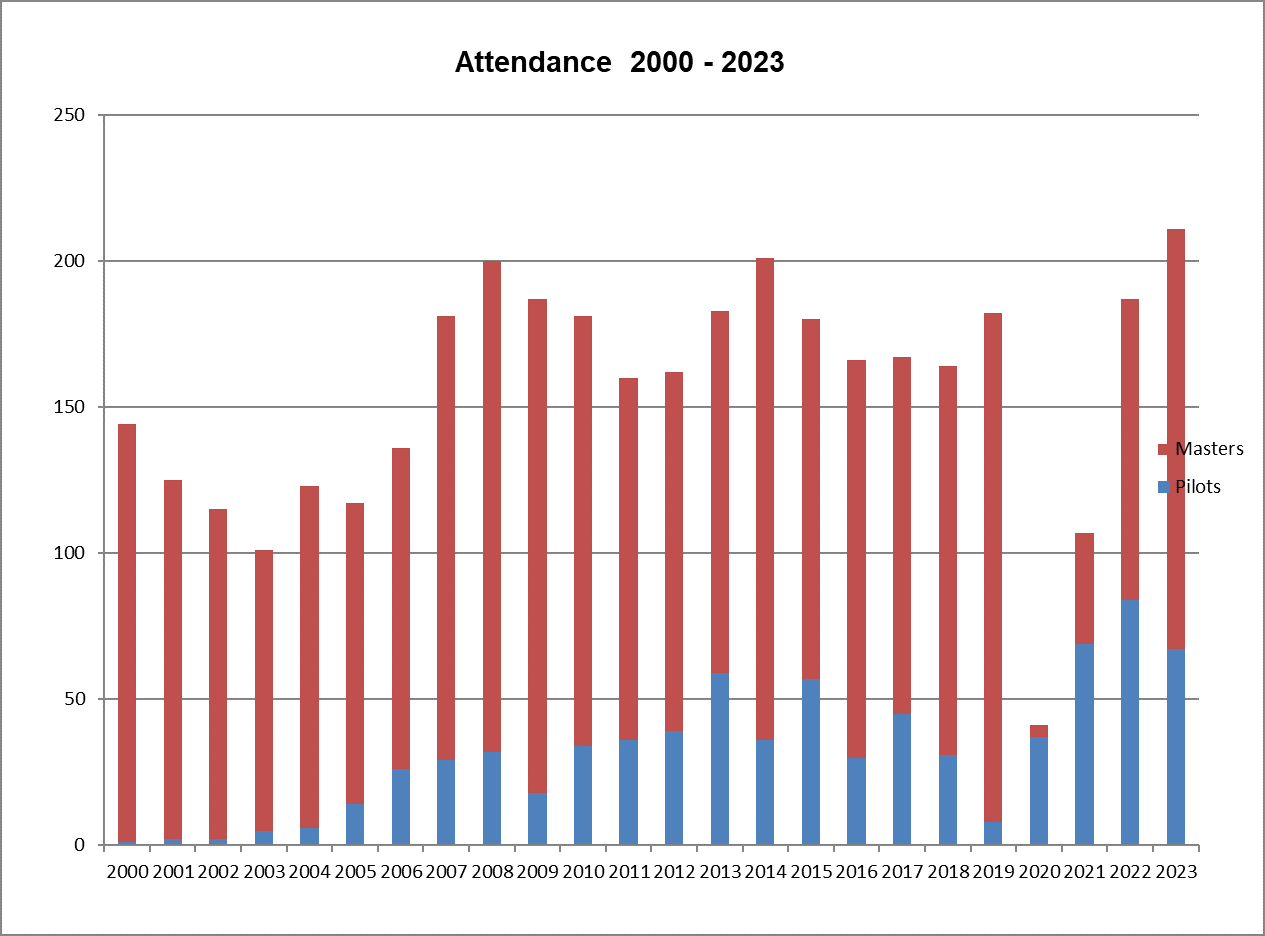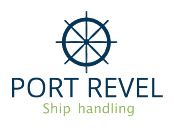Stage Croisière
Programme du stage croisière

Programme du cours
| Pour : | Pré-requis : | Durée : |
| Pilote/Capitaine/Officier |
Sans expérience sur modèles réduits. Bonne expérience de naviguant |
5 jours (35 heures) Du lundi au vendredi |
| Nombre de stagiaire par groupe : | Formateur : | Demande d’accès |
| 2 à 6 | Instructeur expérimenté, ancien pilote maritime et capitaine | Portrevel.com\contact |
| Délai d’accès : | Tarifs: | Personnes avec handicap |
| Entre 4 et 24 semaines en fonction du stage (durée entre demande et début du stage) |
A partir de 11 100 € Prix ne comprenant pas les taxi/logement/restaurant, taxes et moyens supplémentaires de formation |
Merci de contacter le centre pour étudier l’adaptation |
| Evaluation stagiaire: | Evaluation finale et progression | Engagement et rupture de parcours |
| Faite tout au long du cours par le formateur | Faite à la fin du stage, peut être communiquée officiellement au donneur d’ordre | Procédure sur demande |


Objectif général :
Acquérir et développer de nouvelles compétences dans la manœuvre de navires à passagers.
Méthode d’apprentissage:
La théorie en classe est réduite au minimum à 1 heure par jour pour rappeler les bases. Les stagiaires naviguent ensuite sur le lac 3 heures et demie le matin et l’après-midi, soit un total de 7 h/Jour ou 35 h/semaine.
Outils pédagogiques à disposition
Théorie en salle de classe: Tableaux, cartes marines, diagramme, maquettes de navires et hélices…
Pratique sur le lac: quais, navires, PPU, machine à vagues, générateurs de courant et de vent, Vhf…
Remorqueurs divers contrôlés par des capitaines de remorqueurs
Programme
Programme de principe des manœuvres
Day 1
AM :
- PODS : First contact basic. Ergonomic way to use Pods with maximum efficiency.
- Steering synchronized or independent mode, following a range head first and stern first. Skidding.
- Cruise-max : Specifics of inward turning twin screw propellers. Steering and maneuver with one propeller and rudder. Skidding
PM :
- PODS : Use of one Pod at a time on a slalom to control the different components involved during the rotation of the Pod. Application with maneuvers in locks.
- Cruise-max : Man oeuvres in deep and shallow water. Turning circles. Narrow access : canal, etc... Blockage factor.
Day 2
AM :
- PODS : Maneuvers and dockings in the current. Different approaches, bow first and stern first. Analyze of the advantages and inconveniences.
- Cruise-max : Same maneuvers . Differences with Pods.
PM :
- PODS : Transit in a canal. maneuvers stern first , swinging and leaving in narrow areas and canal.
- Cruise-max : Passage through the locks . Use of the anchors and emergency stops in open waters and canal.
Day 3
AM :
- PODS : Emergencies on track with an escort tug. Various emergencies in a canal, entering dry-dock with a tug and one Pod (bow thruster out of service)
- Cruise-max : Same exercises regarding the emergencies. Different uses of a tug while maneuvering in the current (or wind )
PM :
- PODS : Maneuvering in the current with tug and or anchor.
- Cruise-max : Maneuvering stern first with a tug , in a lock, entering a narrow area with crossing current at the entrance, swinging in a canal and leaving stern first.
Day 4
AM :
- PODS and Cruise-max : Use of a PPU, with and without current, limits of the prediction. Following a range, approach of a lock, proceeding into a channel with a long curve and entering a narrow canal.
PM :
- PODS : Docking in confined areas with current. Docking through narrow accesses with current. Use of the anchor with a weak bow thruster.
- Cruise-max : Same maneuvers. Use of the anchor with a weak bow thruster.
Day 5
AM :
- Meeting and Overtaking in a canal. Swell effect on ship following a range and passing a narrow passage.
PM :
- Free practice, the trainee will choose the most interesting exercises according to his professional situation.
Function of the wishes of trainees even during the week it’s possible to change some exercises to discover or to do specific exercises with:
- the Voyager with pods (1000 ft cruise ship with two 14 MW pods and 12 MW bow thrusters,
- Q-Max (266 000 m3 LNG Carrier with twin screw & rudder),
- Cruise Max with twin screw & becker flap rudder
- and use the PPU during maneuver to help with predicted silhouettes and or with fog.
Ressources pédagogiques à la disposition du stagiaire
| Nom | Provenance |
| Ship handling manual | Centre |
Documents remis en fin de stage
| Nom | Provenance |
| Certificat de formation | Assistante administrative du centre |
| Attestation de présence au stage | Assistante administrative du centre |
| Convention de formation | Assistante administrative du centre |
Evolution et suite de parcours de formation
| Nom | Provenance |
| Stage dédié | Centre |
| Stage de perfectionnement | Centre |
| Stage sur mesure | Centre |
Compétences requises pour le formateur
| Nom | Provenance |
| Pilote maritime avec plus de 20 années d’expérience | Centre |
Ressources pédagogiques à la disposition de l’instructeur
| Nom | Provenance |
| PWP modules | Centre |
| Ship handling manual | Centre |
| Photos/videos | Internet |
Témoignage
Capt. Arnaud TRANSCHANT - Marine Nationale - FRANCE - (Mai 2017)
"Les effets produits sur le lac permettent de toucher ses limites au plus proche des conditions réelles. La plus-value est indéniable par rapport à la similitude."
